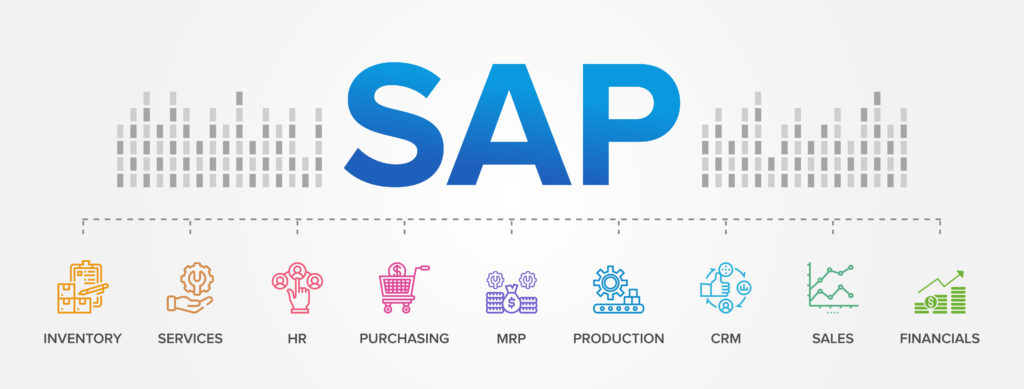Efficiency is an aspect most business owners seek to achieve to help them improve their bottom line and make profits. Due to this need, developers have developed innovations intending to help businesses succeed in efficiency. The most common business innovations are software, which brings about automation, among other benefits.
One of the software gaining traction is SAP. You must understand various SAP aspects before investing in it. What are these you may ask? This post gives a basic guide on SAP; read on to learn more.
What’s SAP
SAP is an initialism that stands for System Analysis Program Development and is pronounced using its individual letters. SAP is said to be similar to Enterprise Resource Planning (ERP) since they both achieve the same goal of integrating a given company’s operations.
SAP has different modules, each performing a different function. The most common are finance, sales, production, human resources (HR), customer service, and the like.
Under the finance module, you’ll benefit from financial planning, analysis, accounting, and cybersecurity. The human resource module will assist you in processing payrolls, talent management, workforce planning, and others. These are just a few of the needs you expect to fulfill once you adopt the SAP software.
Different providers, such as Ameri100 SAP Solutions, will offer various SAP services. Make the internet your friend and find a specific provider that’ll meet your SAP needs adequately.
What’s The Use Of SAP
This software aims to aid in data processing and enhance communication flow in a business. It’ll achieve this by enabling you to integrate your company operations into one system under its dashboard.
With the systems integrated, all you workers will rely on the same data to execute their responsibilities. There’ll be no back and forth to get necessary data, which wastes a lot of time. This brings about efficiency in your operations.

How Do You Use SAP
As previously stated, SAP has different modules that touch on different operations of your business. Although the software serves various functions, you don’t have to integrate them all into your business. You can choose the modules that your business needs.
Suppose you’re experiencing inefficiencies in your insufficiencies in your HR team. Adopt the HR module of the SAP. If there’s consistent conflict between your finance and production department due to delays, adopt the finance and production modules, and integrate the two. The integration will enhance collaboration and reduce conflicts.
Yet you must train your workers before adopting any given module. You don’t want to invest and adopt a tool aimed at improving operations only for it to add to your inefficiencies. The inefficiencies will arise from your workers not fully utilizing the SAP software or using it wrongly.
There are many sources from which you can get training material on using the SAP software. Alternatively, you can ask the tool’s vendor or developer to offer the training to your workers. Be sure to use the tool only once your workers have fully grasped it.
Who Benefits From SAP
SAP is a tool you can adapt despite the size of your business, whether small-sized or established. This flexibility arises from the fact that it has different modules. The modules allow you to choose only what you need. This way, you won’t acquire the software and only use 10% of its features. You won’t get a return on your investment, which isn’t ideal.
Also, you’ll enjoy the SAP software no matter what industry you serve. It serves the insurance, banking, agribusiness, energy, manufacturing, and the fashion industry, to mention but a few. All you must do is to customize it appropriately to meet your specific business needs.
How Much Will SAP Cost You
In most cases, you’ll barely find one standard price for the SAP software. This is because companies have varying needs and will adopt the tool differently. Some will seek all the modules, especially if they’re large-scale. While others will only adopt one or two modules. Therefore, the subscription you’ll pay depends on the services you require from the tool.
For example, when buying from the software developer, you’ll fill in a form in which you’ll detail what you need and submit it. In turn, the developer will send you a quote that aligns with your needs.
Conclusion
As seen, there’s a lot to SAP. The discussion above gives a snippet of different aspects of the business suite software to help you decide whether SAP is worth your investment. With this information, you’re better placed to adapt and invest the software into your business operations.
One major takeaway is to inform all parties involved before investing in the tool and bring them on board with the idea; this includes your workers. It’s the only way the SAP tool will serve you efficiently and effectively.
















